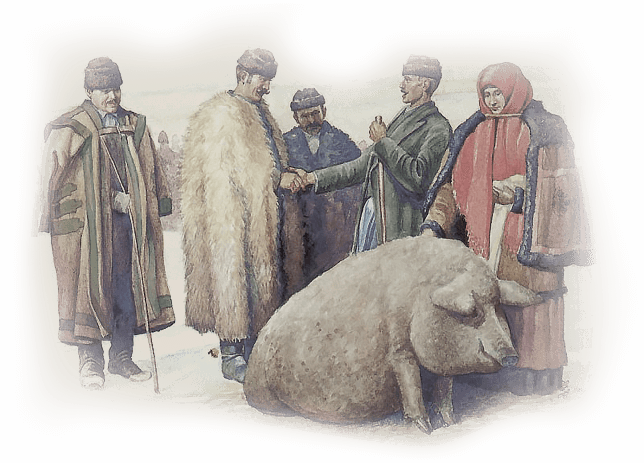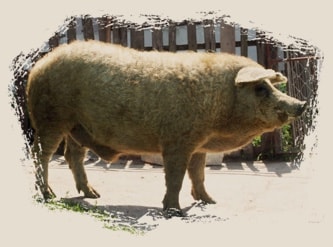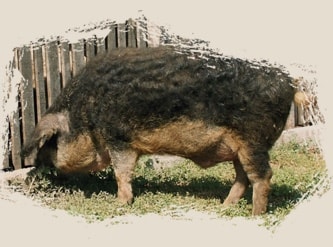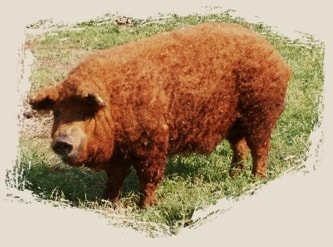The story of the hungarian mangalica breeding

The mangalica pig has a two-hundred-year old history in Hungary, within which 50 years are a success story. The end of the latter was marked by the fact that the number of registered sows fell from 18000 heads in 1955 to 243 in ten years and in another five years to 35-40 (0.2%) animals.After the change of the regimes the latest stage of mangalica pig breeding can be called a successful sector within the animal husbandry. In 1994, after 64 years the Hungarian National Association of Mangalica Pig Breeders was established at the Agricultural University of Debrecen for the second time with twenty members, including six breeders. By 2008 this figure had risen to 150 members producing with 8600 controlled sows.
learn the full story
Would you join?
Terms of membershipMangalica breeds
Swipe left to see the other mangalica types.

Blonde mangalica
The bristle colour of the blonde mangalica breed shows a variety ranging from grey through yellow to yellowish-red, with the yellowish and reddish discolouration brought about by keeping and soil conditions.
learn more

Swallow-bellied mangalica
The bristle of the swallow-bellied mangalica breed is black on the sides and the back, while the lower part of the body, the belly and the chops are either black or silver-grey extending as far as the corner of the mouth. The tail is also white while the tail tassel is black.
learn more
-

Blonde mangalica
The bristle colour of the blonde mangalica breed shows a variety ranging from grey through yellow to yellowish-red, with the yellowish and reddish discolouration brought about by keeping and soil conditions.learn more -

Red mangalica
The bristle of the red mangalica is darker or lighter reddish-brown.learn more -

Swallow-bellied mangalica
The bristle of the swallow-bellied mangalica breed is black on the sides and the back, while the lower part of the body, the belly and the chops are either black or silver-grey extending as far as the corner of the mouth. The tail is also white while the tail tassel is black.learn more
